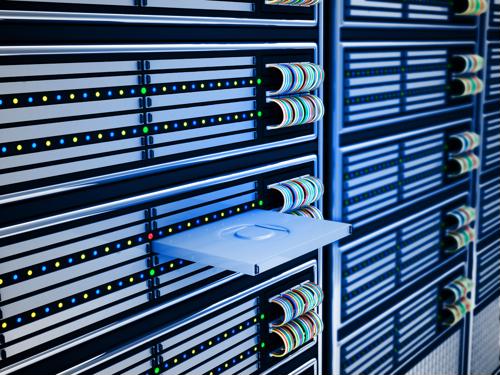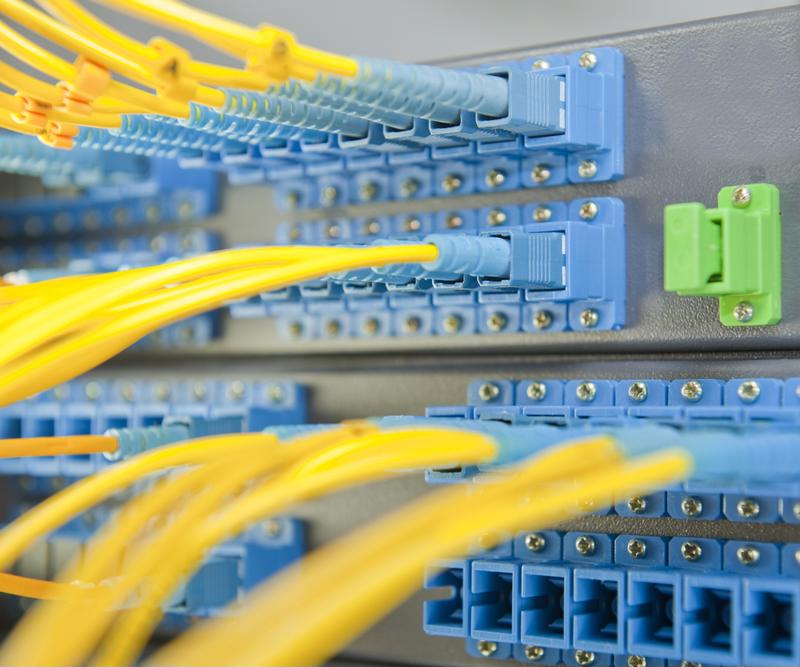
How to maintain and properly use a server room
By Max BurkhalterApril 17, 2018
In the old days, every piece of vital company data was likely kept in physical paper archives. Whether it was just a cabinet or a whole room, all information was locked away, only accessible by on-location personnel or anyone with a fax machine.
Times have changed. As companies across every industry go digital, antiquated paper-filled filing cabinets are being replaced. While some businesses opt for a cloud solution, others prefer to keep their data on-site and firmly under their own corporate control. This solution involves utilizing in-house servers and other data storage methods.
However, servers are far more than just filing cabinets 2.0. As such, they require a different set of best practices to keep them functional. A server-based data center is also far more interactive than traditional filing systems, provided an organization has the right software and hardware to leverage.
How to properly clean and maintain data servers
In a paper-based system, dust was an irritating annoyance. Dirt buildup on cabinets aggravated employee health marked a sign of unprofessional practices within the office. With servers, however, the problems are magnified. Servers are machines that can overheat or malfunction with too much exterior interference.
Dirt and dust buildup can lead to increased failure rate among hardware, causing downtime and data loss if companies aren't careful. Spec Clean recommended that server rooms and data centers be cleaned at least four times a year to keep the risk low. Given that a server is more delicate than typical shelving, organizations may want to consult professional cleaning services.
In addition, simple annoyances like static electricity can be dangerous within server storage. Accidently zapping a server can cause the hardware to malfunction. Anti-static floor finishing should be used to help lower the risk of buildup and stop shocks before they occur.
Apart from general cleanliness standards, server hardware should be stored in certain ways. Rather than placing the devices haphazardly on shelves, IT departments can employ specialized racks that will keep servers secure and a proper distance away from one another. Like other computerized hardware, servers can overheat if their cooling fans aren't given adequate space.
Furthermore, humidity and temperature play a crucial role in server performance. Like paper documents, servers won't work well in excessive moisture. According to Serverscheck, server rooms should be kept between 64 and 80 degrees Fahrenheit, with humidity between 40 and 60 percent.

Observe proper security protocols
As with paper-based archives, servers are incredible valuable. The sheer amount of data alone is worth protecting, never mind all the network permissions and passwords likely remembered on each piece of hardware. Server rooms don't need to be accessed by many people, even most employees.
A separate keycard or lock system is a smart investment when it comes to physically protecting data storage systems like servers from theft or unauthorized access.
"Servers work better with fast, reliable connections and a solid data framework."
Allow servers to communicate with the whole company
Of course, a server isn't simply a smaller version of a filing cabinet. No, that is just the immediate comparison many people draw. True, the two are excellent forms of corporate data storage, however, filing cabinets were simply data silos. Information stored there and could only be accessed by nearby human hands.
Servers are very different. Much like the central nervous system in the human body, servers can store and, as part of a larger data center, react to various information occurring anywhere throughout an organization. Some examples of this fact are mundane, like two employees simultaneously accessing and modifying the same report.
More complex features include cataloging company workflows, monitoring machine performance and other operations to generate real-time data on business productivity. With the proper software, and enough hardware, organizations can use servers to streamline processes like never before.
Of course, a nervous system is only as strong as its receptors. A centralized data hub can't accomplish much without up-to-date information. A strong fiber network capable of high bandwidth and speed will help businesses process information that much more quickly. Likewise, sensors installed on devices need technology like media converters and device management software to be fully optimized.
Organizations need no longer be bound to their physical walls and space limitations. Remote office workflows, device optimization and advanced automation are all possible through a well-maintained, properly integrated server system.
Perle has the expertise and hardware needed to help upgrade your data center to its full potential. Contact us today to learn how we can strengthen your data-gathering capabilities and integrate a comprehensive system that will boost productivity and enable true Industry 4.0 workflows.



